Although spring has technically arrived several weeks ago, it sure hasn’t felt like it until today. We still have some snow on the ground here, but the weather is really starting to warm up. A few of our annual visitors have arrived such as the American woodcock (Scolopax minor) and the eastern phoebes (Sayornis phoebe) while others have moved on for the summer. Those who have moved on are the dark-eyed juncos (Junco hyemalis). I looked out the window today and discovered the daffodils (Narcissus) have finally begun to bloom in the front yard. I suppose with all the nice rain we’ve been experiencing these past couple of days, we will start to see many things wake up from the dormancy of this winter.
As I was grabbing my camera to get a few shots of the daffodils, I spotted a new bird outside. I couldn’t believe it, our first eastern bluebird (Sialia sialis). Not only was the male here, but the female as well! During our almost five years here, I have never seen bluebirds so close to the house. I’m hoping they were looking for a nesting site nearby and they will stay close by in one of our bird boxes. The house came with a bluebird box that used to be attached to the front of the house. We moved it to the back of the garage, because the front of the house gets too much sun. It is now facing southeast, where there is nice shade next to the treeline. The house also came with an old wooden mailbox that wasn’t very practical. It didn’t have a door or flag, so we decided to put a front wood panel on it with a hole and made it into a bird box. It is now sitting in one of the gardens in the front of the house and we are hoping for birds to nest inside. Although, I fear we will either have wasps or hornets taking up residence inside it this summer.
While I was outside, I decided to see what was going on at the pond. I noticed a few branches of a birch tree were moving up and down and discovered a yellow-rumped warbler (Setophaga coronata) hopping from branch to branch. This is the same character who had shown up a few days ago perched on the back fence close to the house. I keep a bird journal and I wanted to add this guy to my list, but he doesn’t stick around long enough for me to make a positive identification. I made a quick mental note of a few field markings such as the gray and white color, along with the bright yellow rump and yellow on its sides. There are two distinct species of yellow-rumped warblers. Here in the eastern U.S., we have the “myrtle” warbler and in the mountainous west, the “audubon” warbler.
Anyway, back to pond, I was able to get a quick shot of the warbler and then he flew into the woods. After looking at the photograph I had taken, I’m pretty sure this is a yellow-rumped warbler. I hope he stays around this season and I can get better photographs of him.
Before we ran out of daylight, we went for our daily walk and of course, I had my camera with me. We saw a ruffed grouse (Bonasa umbellus) fly out of the woods, which I didn’t get a photograph of, but I did get a quick shot of an American robin (Turdus migratorius) and an American red squirrel (Sciurus vulgaris). The following photographs are from a great day and start to a new season.
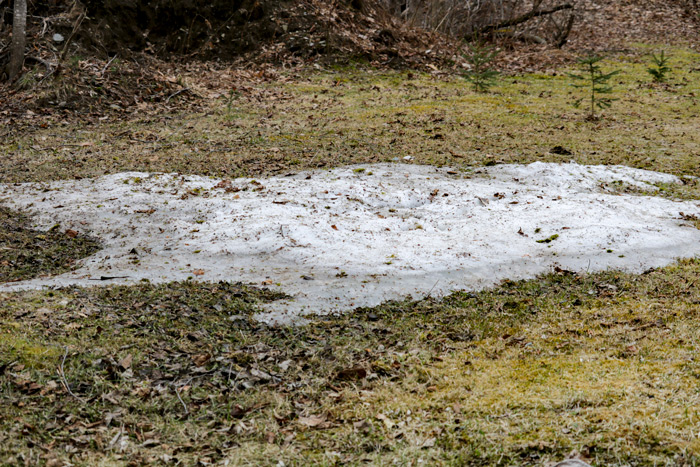
Our last bit of snow in the front yard.
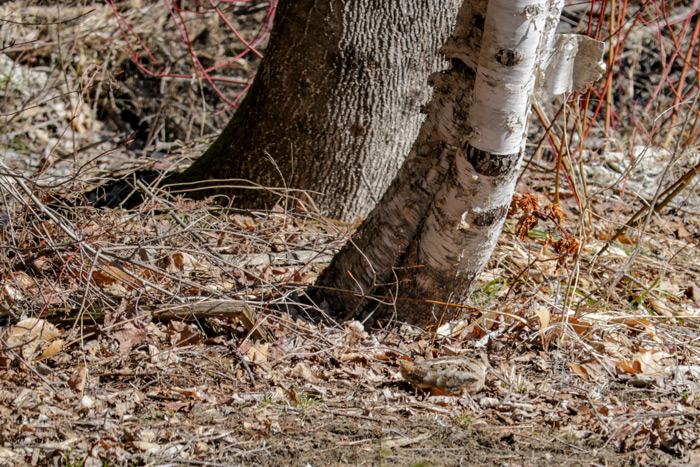
An American woodcock (Scolopax minor) sitting in some leaves.
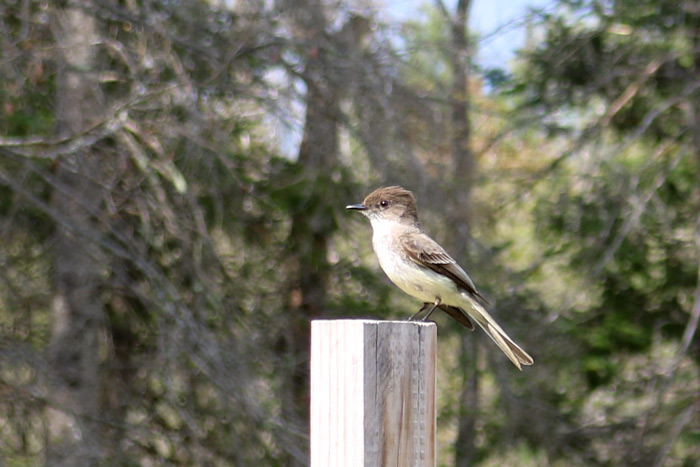
Eastern phoebe (Sayornis phoebe)
Common names for the family of (Amaryllidaceae) include daffodil, daffadowndilly, narcissus and jonquil.
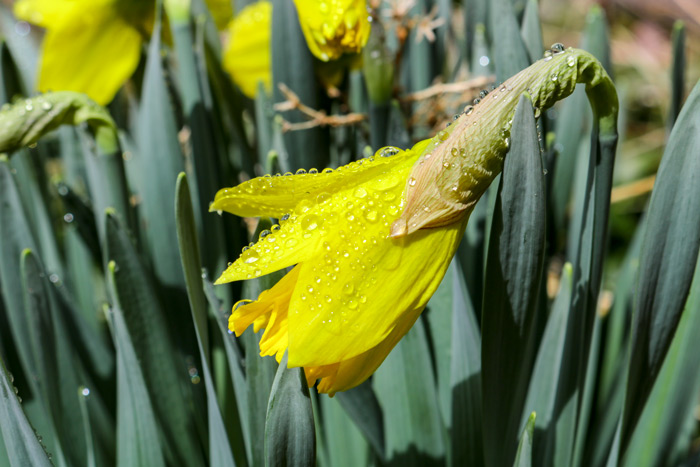
Daffodils (Narcissus) are quite versatile, because they will grow in sun, part sun and shade.
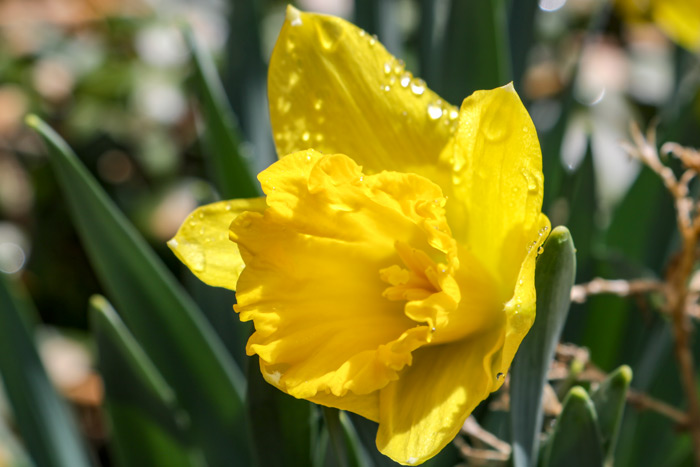
Daffodils (Narcissus) are winter hardy in zones 3-8.
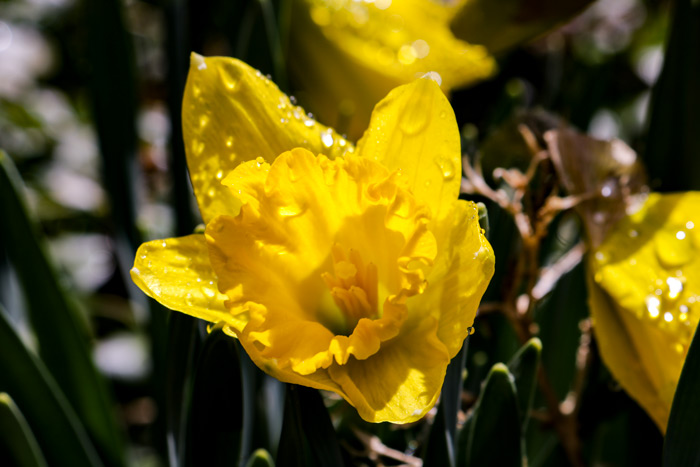
Daffodils (Narcissus) will bloom before most perennials will begin to appear.
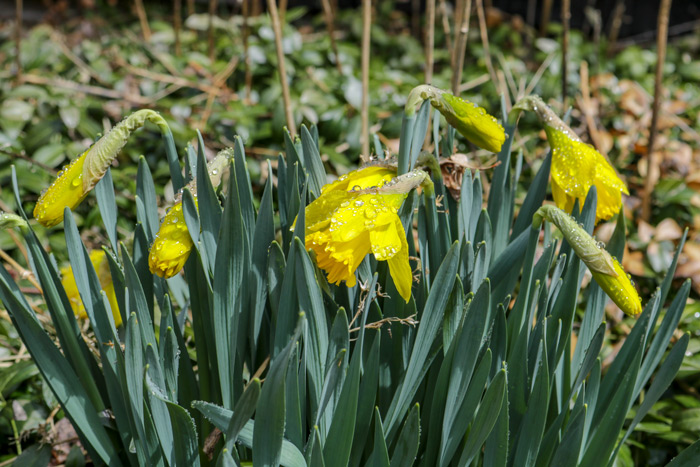
Daffodils are traditionally planted in yards and gardens and are deer resistant.

A male eastern bluebird (Sialia sialis) perching on a wooden post.

The eastern bluebird is a small thrush with a large, rounded head, large eyes and plump body with an alert posture.
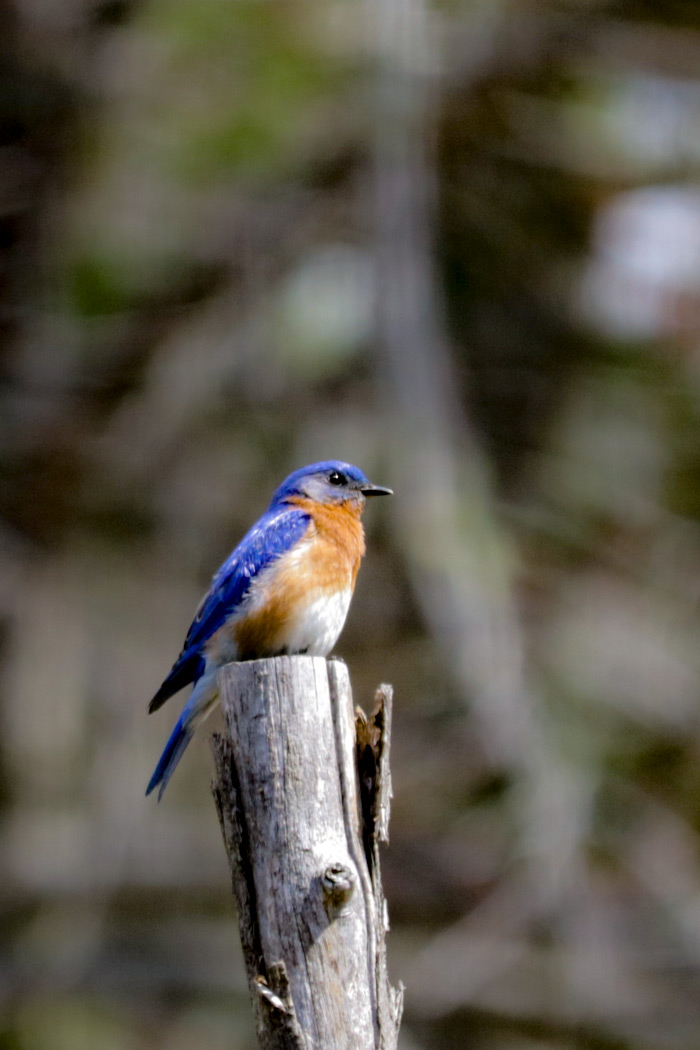
Male eastern bluebirds are a bright deep blue above with a rusty orange color on the throat and breast.
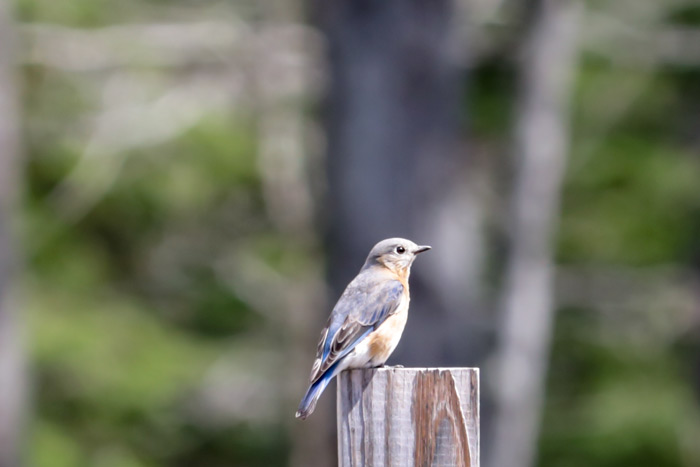
A female eastern bluebird perching on a wooden post.
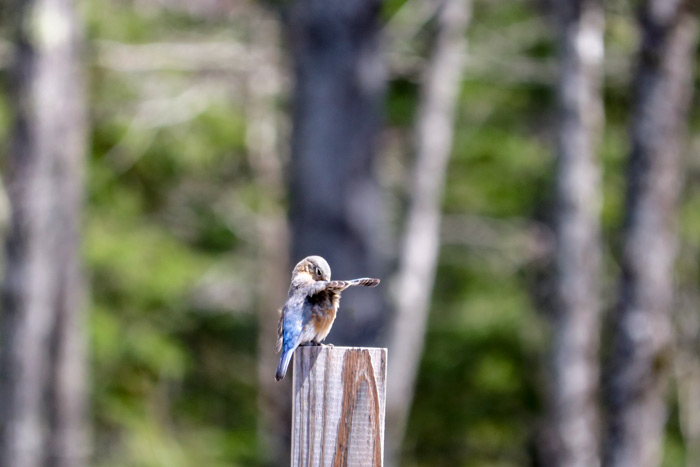
A female eastern bluebird preening herself.

Female eastern bluebirds are a grayish color above with bluish wings and tail and a light orange-brown breast.
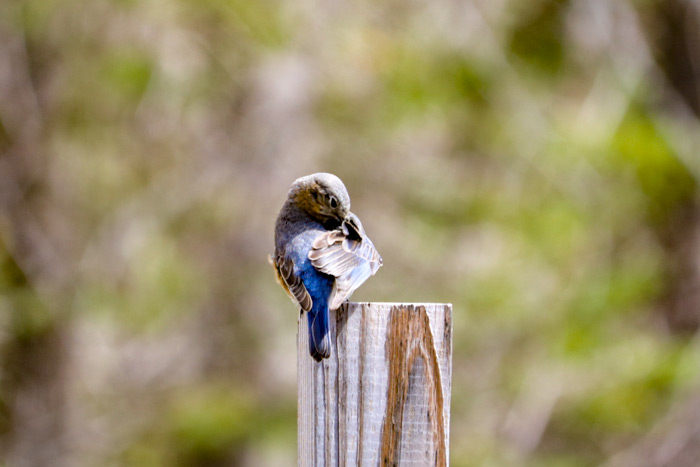
Eastern bluebirds live in meadows and open areas surrounded by trees that offer nest holes.
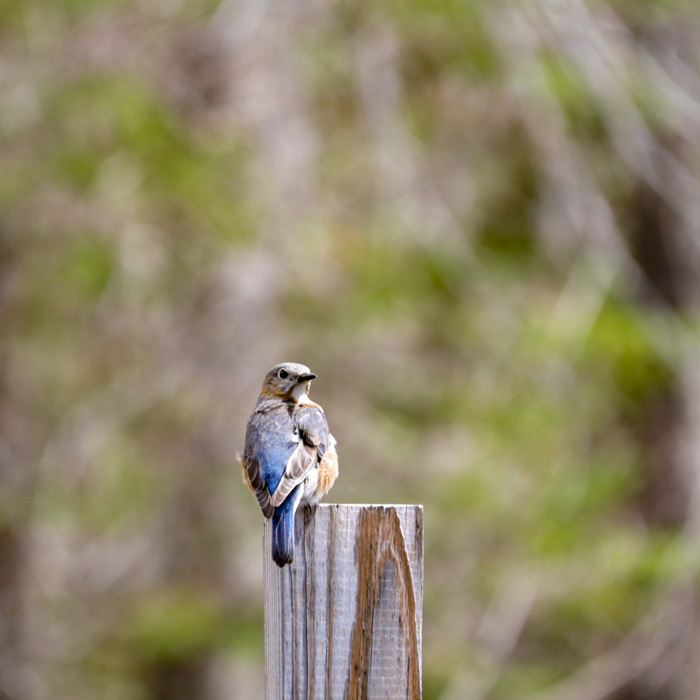
Eastern Bluebirds will perch on wires, posts and low branches searching the ground for prey.
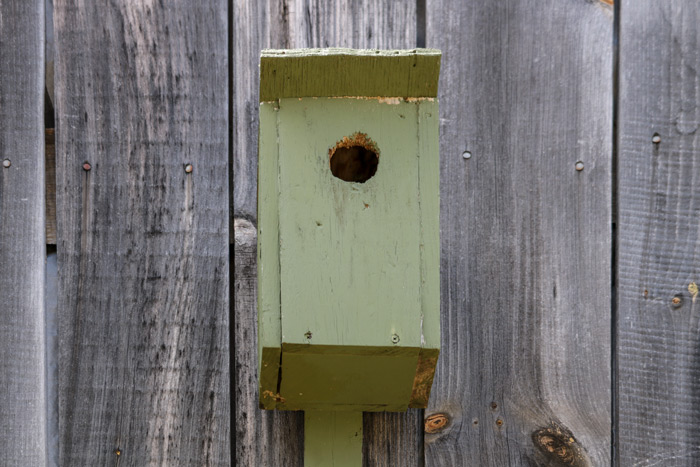
A green bluebird box.
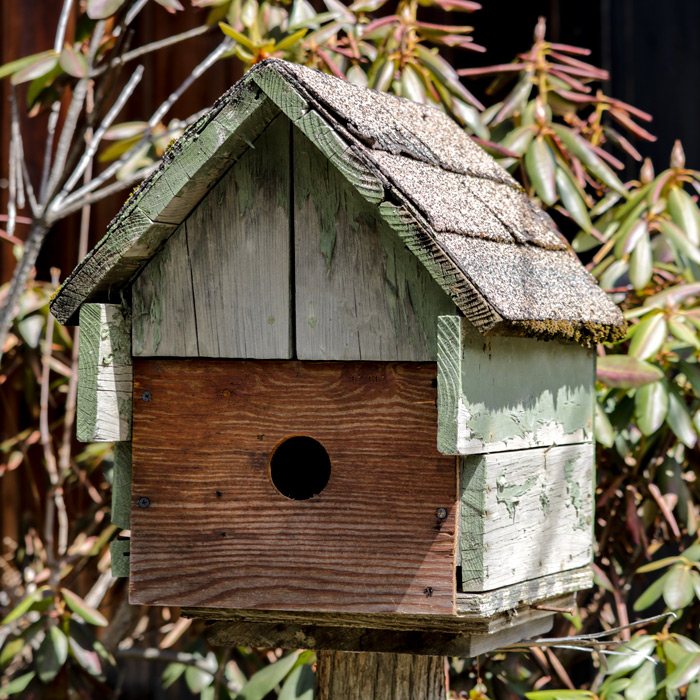
An old mailbox converted into a birdhouse.
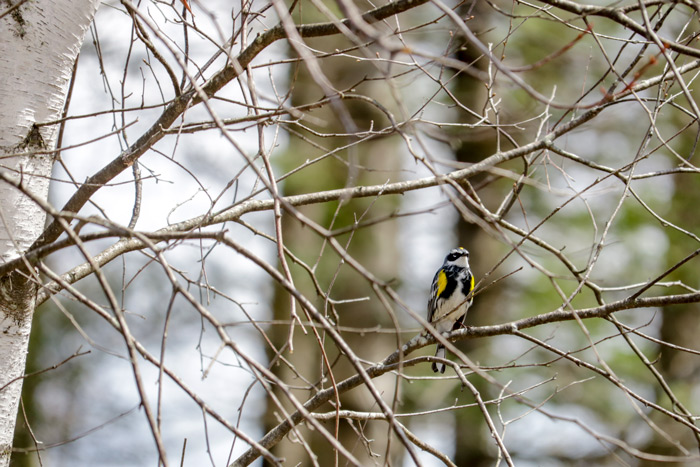
A yellow-rumped warbler (Setophaga oronata) perching in a birch tree (Betula).

A perching American robin (Turdus migratorius).
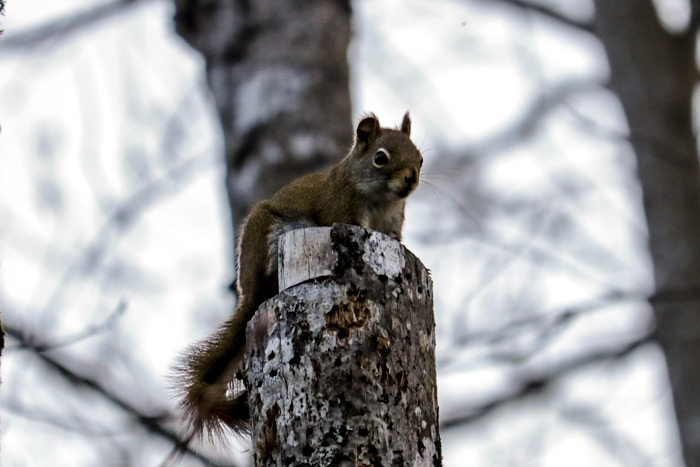
An American red squirrel (Sciurus vulgaris).
Leave a Reply